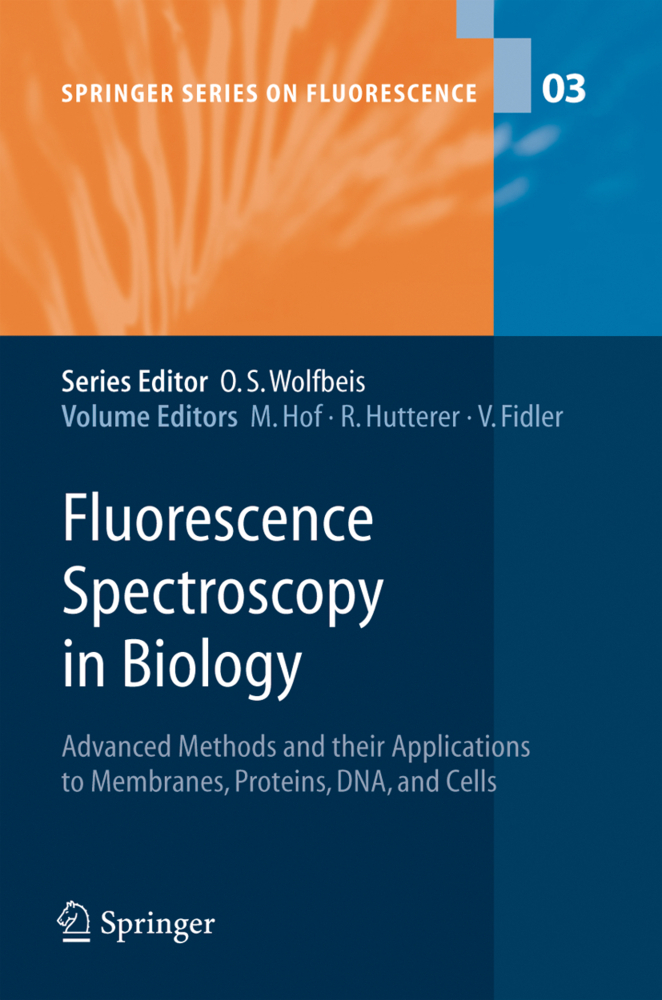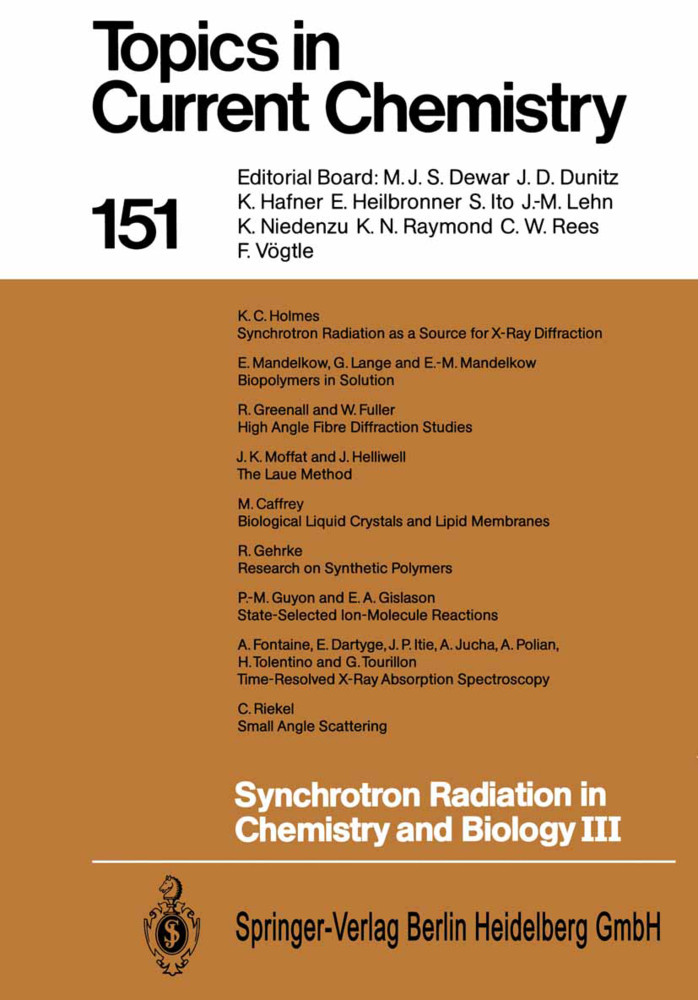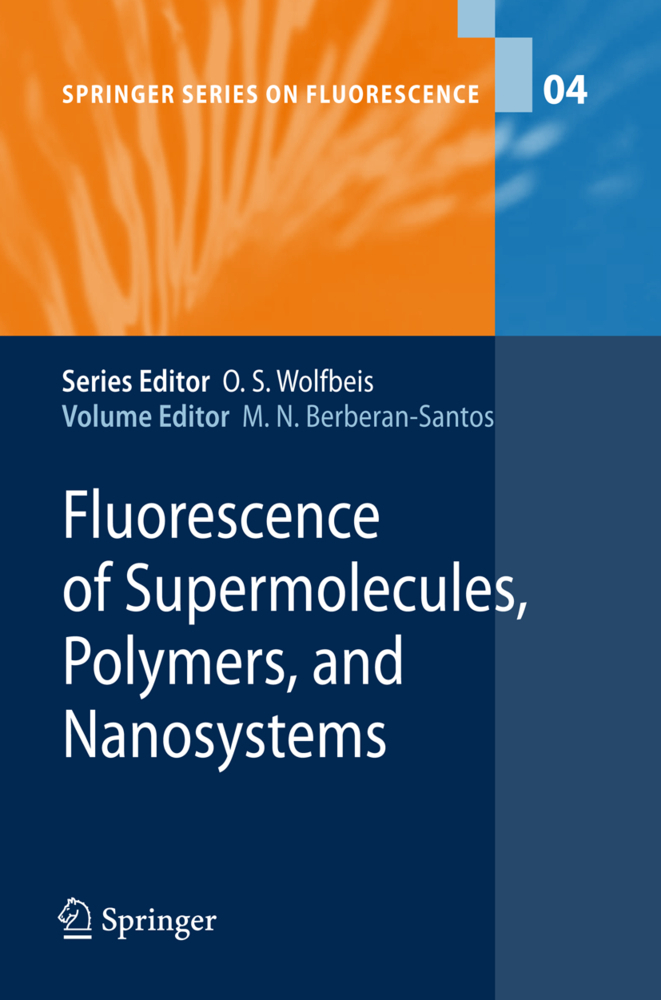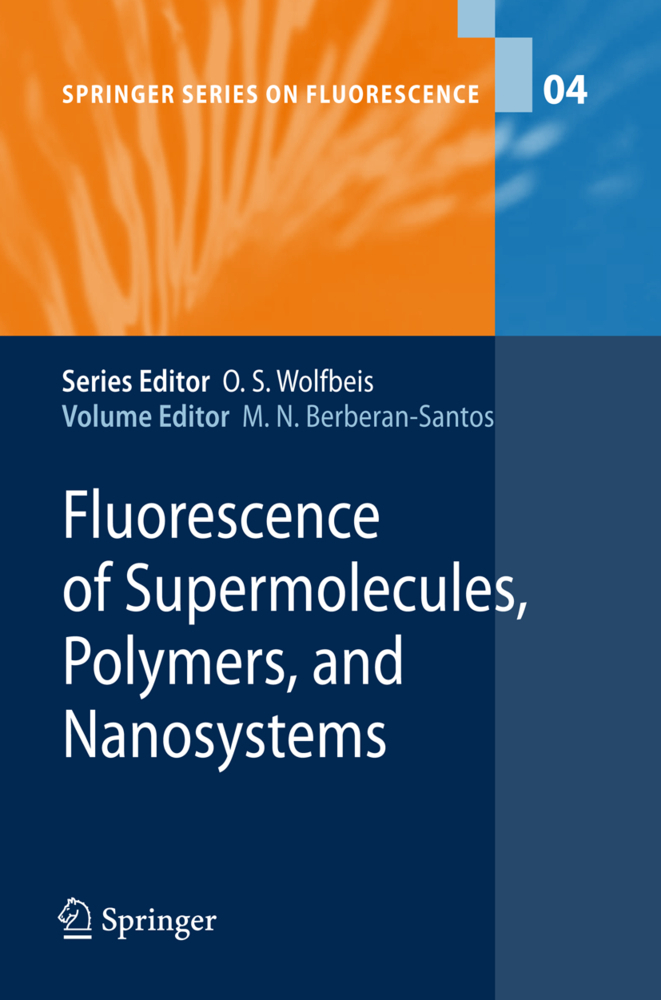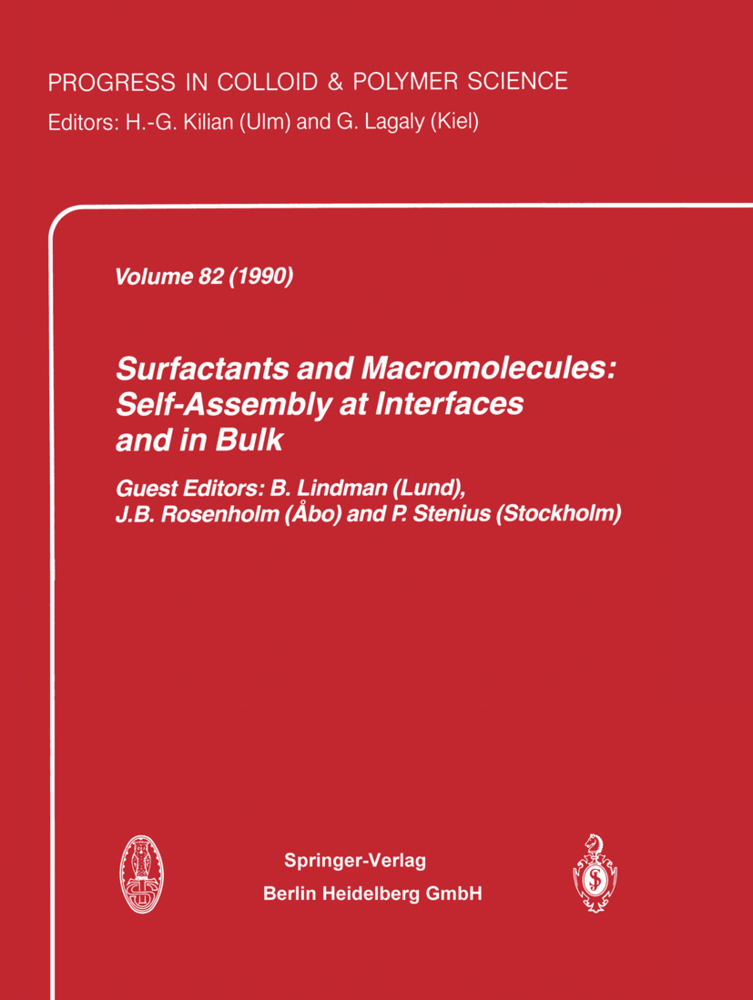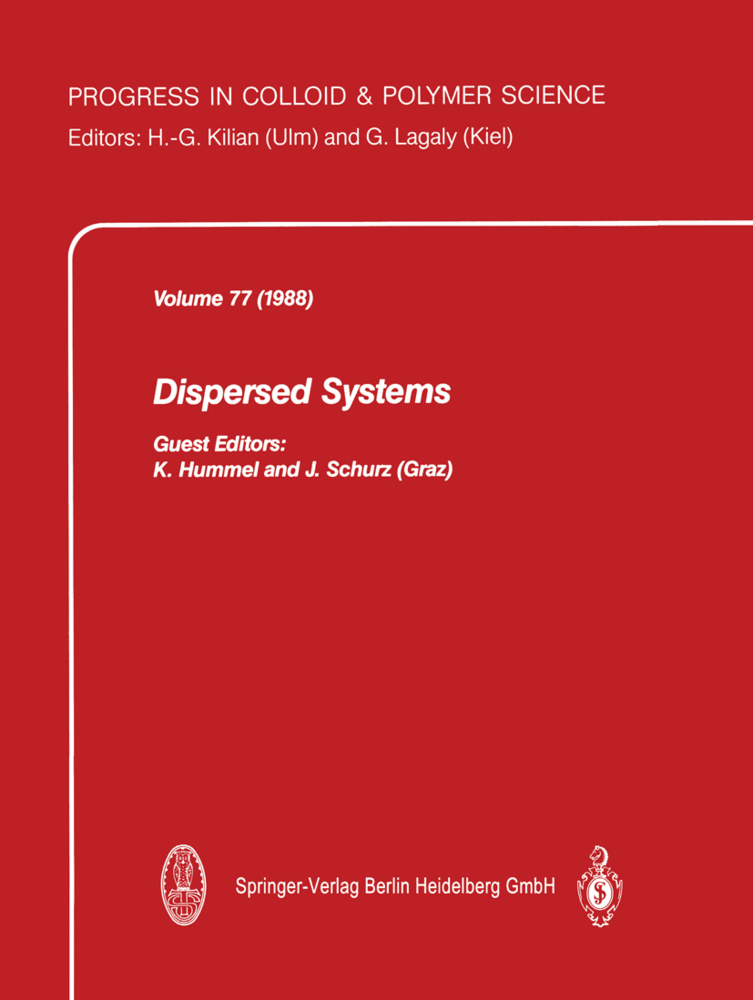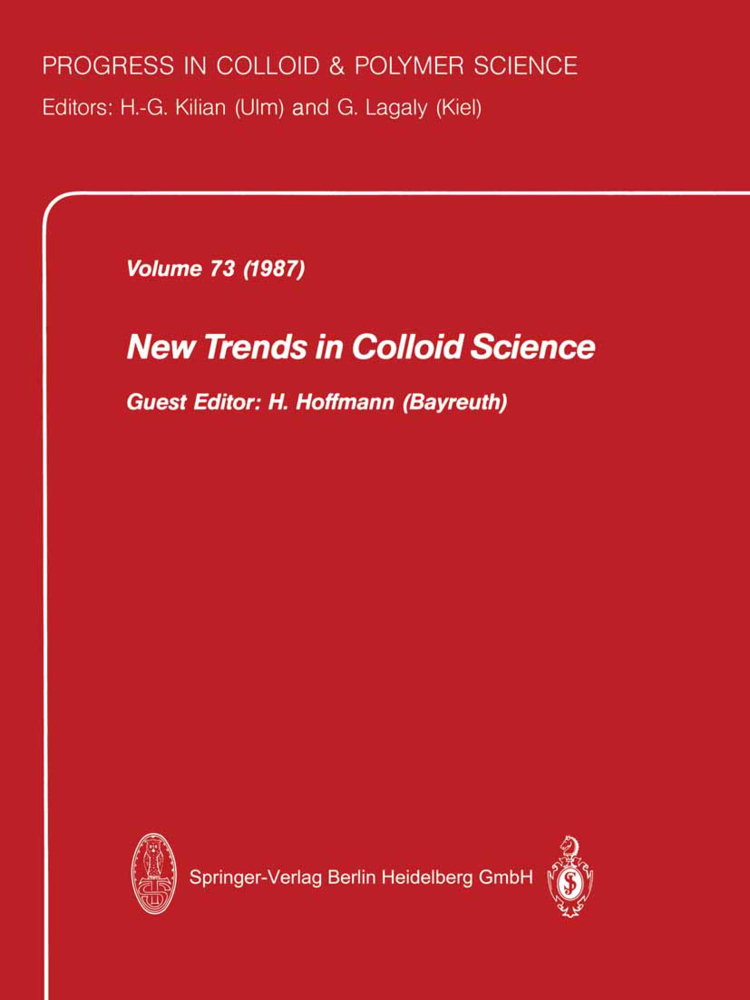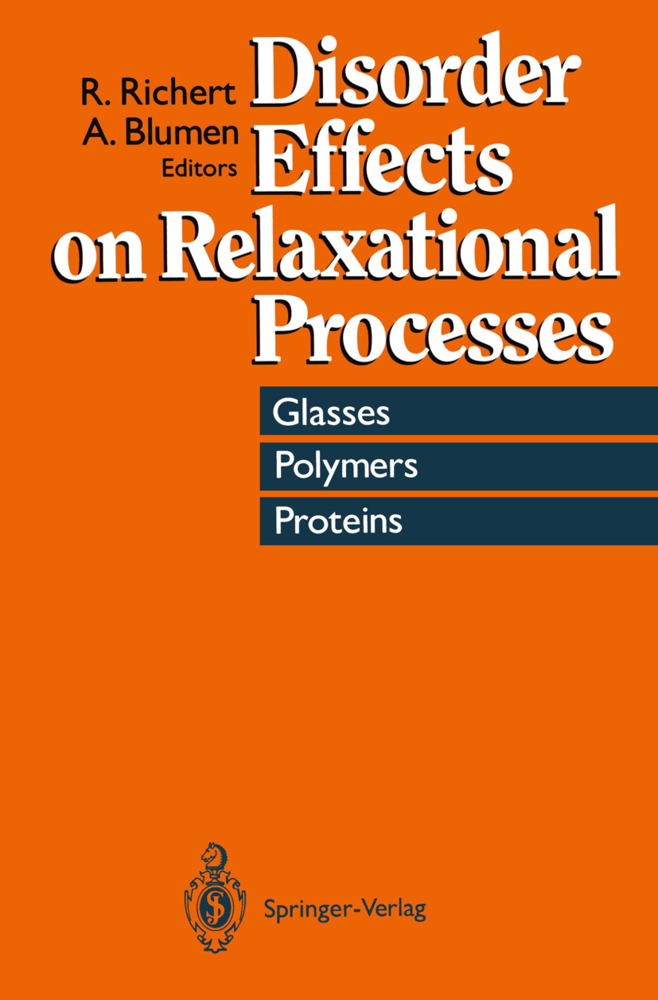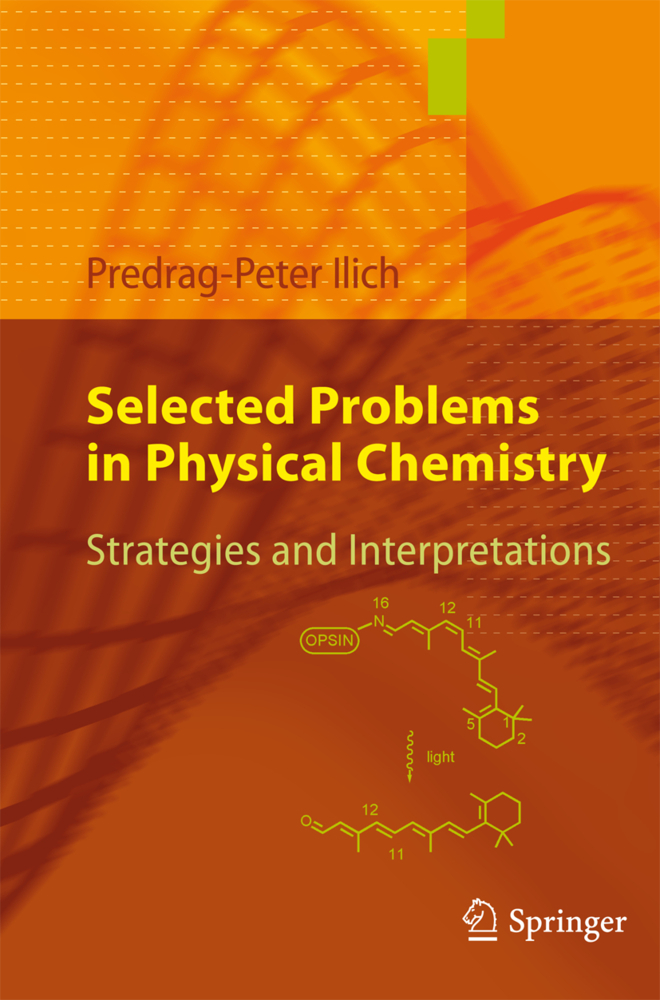Fluorescence Spectroscopy in Biology
Advanced Methods and their Applications to Membranes, Proteins, DNA, and Cells
Fluorescence Spectroscopy in Biology
Advanced Methods and their Applications to Membranes, Proteins, DNA, and Cells
Take any combination of the following features: supramolecular structures with a specific fluorescent probe localized as you would like; nanoscale spatial reso- tion; tailor-made molecular and/or solid-state fluorescing nanostructures; us- friendly and/or high- throughput fluorescence techniques; the ability to do wh- ever you wish with just one single (supra)molecule; utilization of non-linear optical processes; and,last but not least,physical understanding of the processes resu- ing in a (biological) functionality at the single molecule level. What you will then have is some recent progress in physics,chemistry,and the life sciences leading to the development of a new tool for research and application. This was amply demonstrated at the 8th Conference on Methods and Applications of Fluorescence: Probes,Imaging,and Spectroscopy held in Prague,the Czech Republic on August 24th 28th, 2003. This formed a crossroad of ideas from a variety of natural science and technical research fields and biomedical applications in particular. This volume the third book in the Springer-Verlag Series on Fluorescence reviews some of the most characteristic topics of the multidisciplinary area of fluorescence applications in life sciences either presendted directly at th 8th MAF Conference or considered to be a cruical development in the field. In the initial contribution in Part 1 Basics and Advanced Approaches,the - itors explain the basics of fluorescence and illustrate the relationship between some modern fluorescence techniques and classical approaches. The second contrigution by B.
Pulse and Phase Fluorometries: An Objective Comparison
Non-Exponential Fluorescence of Electronically Coupled Donors Contains Distance Information
Fluorescence Nanotomography: Recent Progress, Constraints and Opportunities
Solvent Relaxation as a Tool for Probing Micro-Polarity and -Fluidity
Total Internal Reflection Fluorescence Microscopy: Applications in Biophysics
Single Molecule Spectroscopy: Basics and Applications
Application of Fluorescence Spectroscopy to Biological Membranes
Raft Microdomains in Model Membranes as Revealed by Fluorescence Quenching
The Lateral Structure of Lipid Membranes as Seen by Fluorescence Microscopy
Application of Fluorescence Spectroscopy to Protein Studies
Protein Dynamics and Protein Folding Dynamics Revealed by Time-Resolved Fluorescence
Time-Resolved Fluorescence and Two-Photon FCS Investigation of the Interaction of HIV-1 Nucleocapsid Protein with Hairpin Loop Oligonucleotides
Application of Fluorescence Spectroscopy to DNA and Drug Delivery
Fluorescence Techniques in Non-Viral Gene Therapy
Fluorescence Applications in Targeted Drug Delivery
Fluorescence Spectroscopy in cells: FCS and Quantum Dots
Fluorescence Correlation Spectroscopy in Cell Biology
Fluorescent Quantum Dots: Properties and Applications
Heat Stress of Cancer Cells: Fluorescence Imaging of Structural Changes with Quantum Dots 605 and Alexa 488.
Fluorescence Spectroscopy: Basics and Advanced Approaches
Basics of Fluorescence Spectroscopy in BiosciencesPulse and Phase Fluorometries: An Objective Comparison
Non-Exponential Fluorescence of Electronically Coupled Donors Contains Distance Information
Fluorescence Nanotomography: Recent Progress, Constraints and Opportunities
Solvent Relaxation as a Tool for Probing Micro-Polarity and -Fluidity
Total Internal Reflection Fluorescence Microscopy: Applications in Biophysics
Single Molecule Spectroscopy: Basics and Applications
Application of Fluorescence Spectroscopy to Biological Membranes
Raft Microdomains in Model Membranes as Revealed by Fluorescence Quenching
The Lateral Structure of Lipid Membranes as Seen by Fluorescence Microscopy
Application of Fluorescence Spectroscopy to Protein Studies
Protein Dynamics and Protein Folding Dynamics Revealed by Time-Resolved Fluorescence
Time-Resolved Fluorescence and Two-Photon FCS Investigation of the Interaction of HIV-1 Nucleocapsid Protein with Hairpin Loop Oligonucleotides
Application of Fluorescence Spectroscopy to DNA and Drug Delivery
Fluorescence Techniques in Non-Viral Gene Therapy
Fluorescence Applications in Targeted Drug Delivery
Fluorescence Spectroscopy in cells: FCS and Quantum Dots
Fluorescence Correlation Spectroscopy in Cell Biology
Fluorescent Quantum Dots: Properties and Applications
Heat Stress of Cancer Cells: Fluorescence Imaging of Structural Changes with Quantum Dots 605 and Alexa 488.
Hof, Martin
Hutterer, Rudolf
Fidler, V.
| ISBN | 978-3-642-06106-6 |
|---|---|
| Artikelnummer | 9783642061066 |
| Medientyp | Buch |
| Copyrightjahr | 2010 |
| Verlag | Springer, Berlin |
| Umfang | XIX, 305 Seiten |
| Abbildungen | XIX, 305 p. |
| Sprache | Englisch |

